Over the past decade or so, Northern Virginia has become the data center capital of the country. Data centers use a LOT of electricity. This recent article says that Amazon data centers in Northern Virginia use half as much electricity as New York City every day, and 35% more than the entire power grid of the company's hometown city of Seattle. That's a huge electric load currently being built out in Northern Virginia without a corresponding increase in electric generation. PJM says the data centers are creating a reliability issue and it has opened a request for proposals to solve it using transmission. The goal is to export a whole bunch of electricity to Northern Virginia, and PJM's utility members wasted no time in creating new transmission lines that would connect the generators they own to Northern Virginia.
Extension cords are exactly what these new transmission lines are. They plug in at struggling FirstEnergy-owned electric generators in West Virginia and provide a pathway for additional electricity generated in West Virginia to power the data centers in Northern Virginia.
The map shows the northern line of this proposal beginning at Fort Martin, West Virginia. Fort Martin is the location of FirstEnergy's coal-fired Ft. Martin Power Station.
Of course, nobody wants coal-fired electricity any more and FirstEnergy has been toying with closing or selling some of these plants. And then the PJM serendipity fairy arrived! PJM needs transmission to bring a new supply of power to No. Va., and FirstEnergy can bolster the future economic success of its failing generators by connecting it to data center load. And FirstEnergy's proposal was born.
The southern line of FirstEnergy's proposal is shown on the map as beginning at Pruntytown, WV. Pruntytown is a gigantic substation where many electric generators in the area connect to the grid. One such plant is FirstEnergy's Harrison Power Station in Haywood, West Virginia.
But did anyone ask Northern Virginia if they wanted to import dirty coal-fired electricity from West Virginia to power their data centers? PJM? FirstEnergy? Dominion? These entities are going to have a really hard time selling this to a community with clean energy goals and aspirations. The D.C. metro area is so worried about climate change that they have closed many fossil fuel generators in their own neighborhoods. Why would these people just look the other way and shrug about increasing their carbon footprint every time they turn on the light switch? Would local governments in Northern Virginia keep approving new data centers that need power if they knew they were increasing regional air pollution? Where's the tipping point here?
In addition to the burning of more coal to produce more electricity in West Virginia, FirstEnergy's proposals also plan on hundreds of miles of new transmission rights of way across private property between West Virginia and Northern Virginia. None of these affected landowners need this new electric supply. It's simply passing through on its way to corporate users in D.C.'s growing urban sprawl.
Of course, FirstEnergy's proposal is only one of 72 that PJM received. Other utilities have proposed connecting their nuclear and gas fired power stations in south eastern Pennsylvania to the data center load via new transmission lines. Numerous proposals begin at the Peach Bottom Atomic Power Station in Delta, PA and the gas-fired York Energy Center in the same town. Still other proposals want to connect the data center load to American Electric Power's massive 765kV transmission system in the Ohio Valley, where numerous fossil fuel plants are struggling to survive. See the 765 lines on this map:
There has to be a better solution than this!
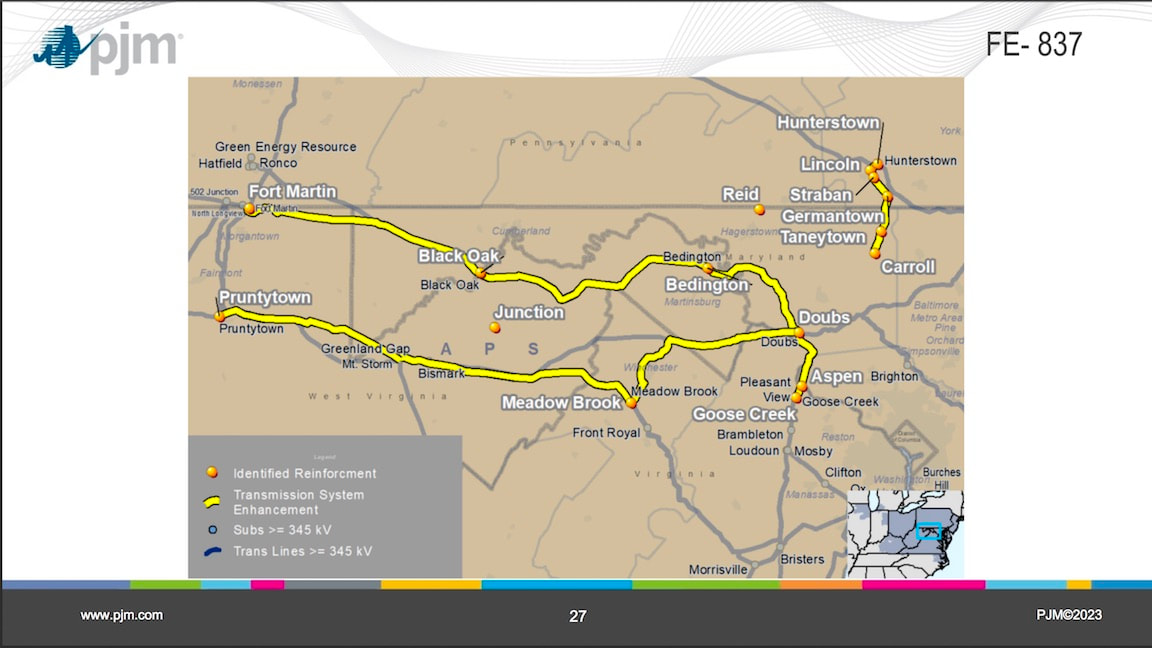
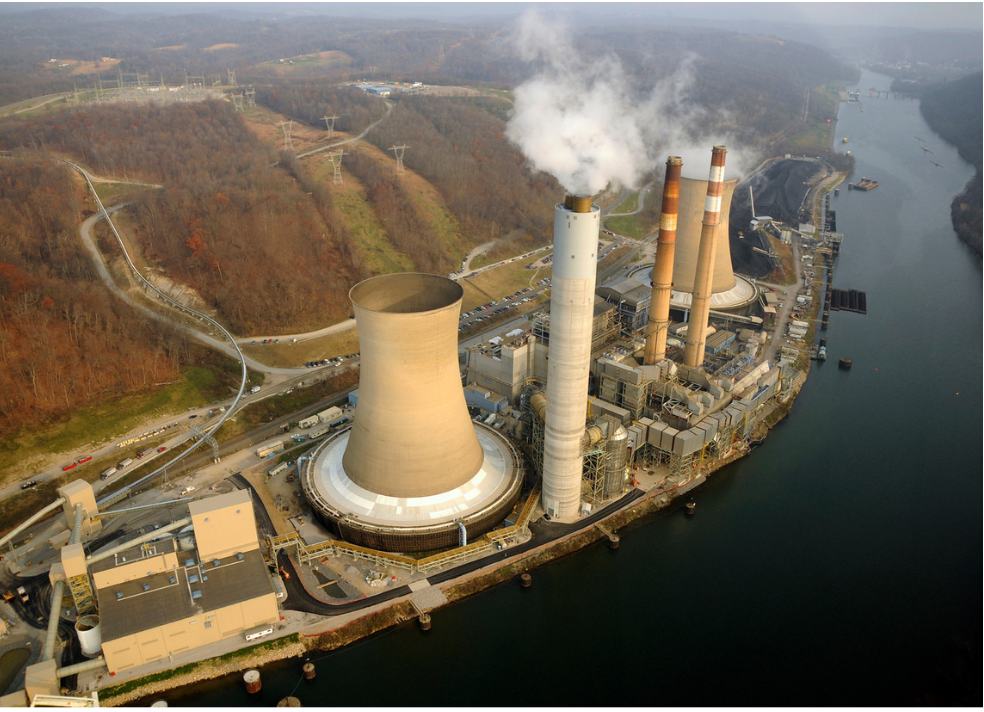
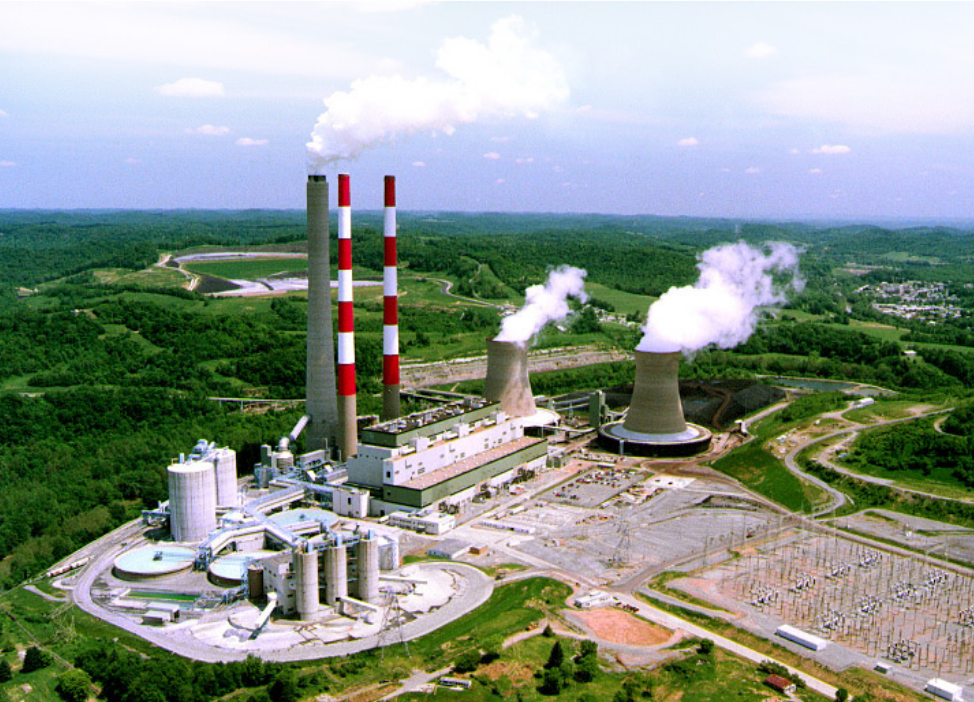
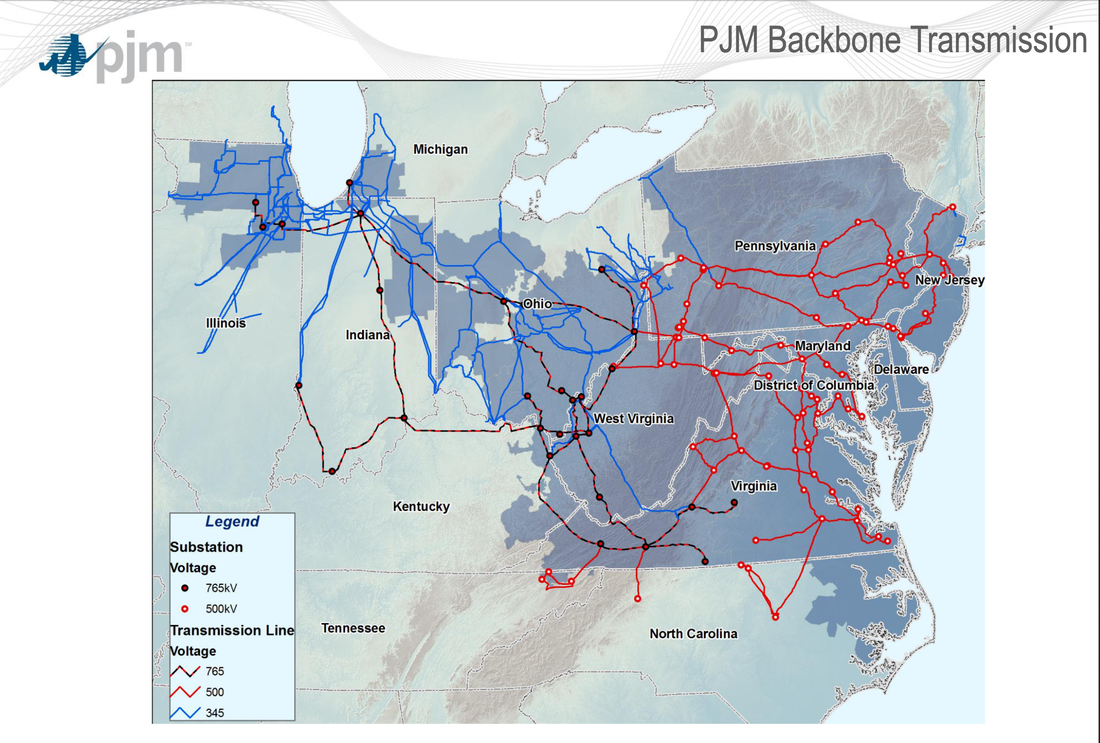
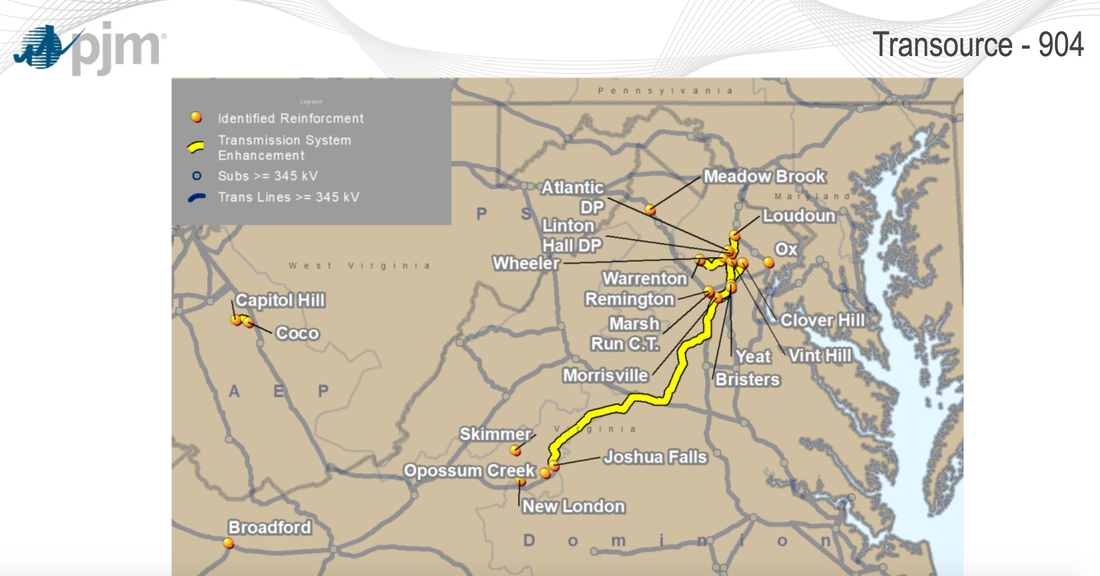

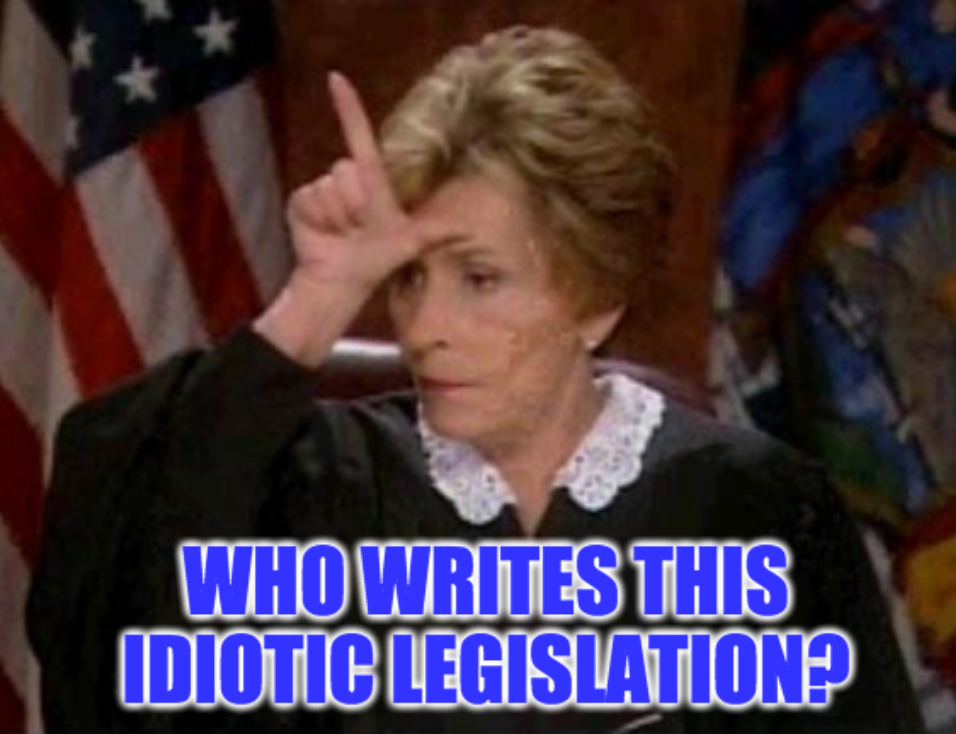
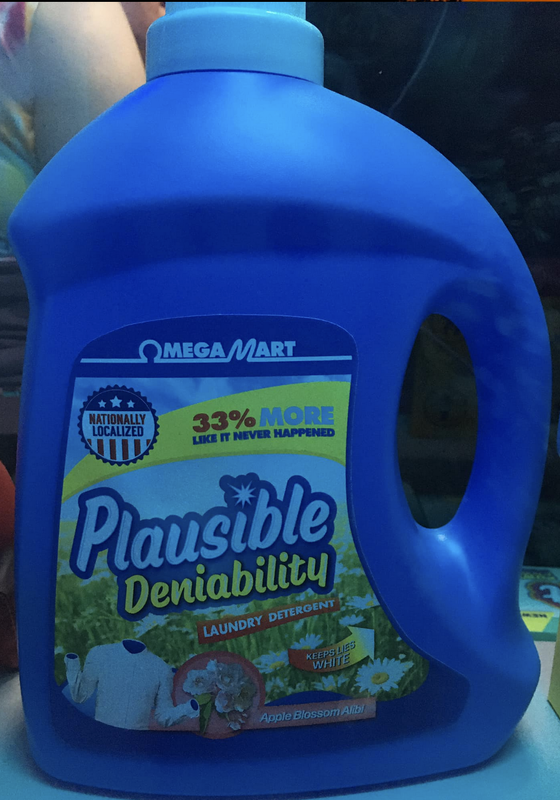
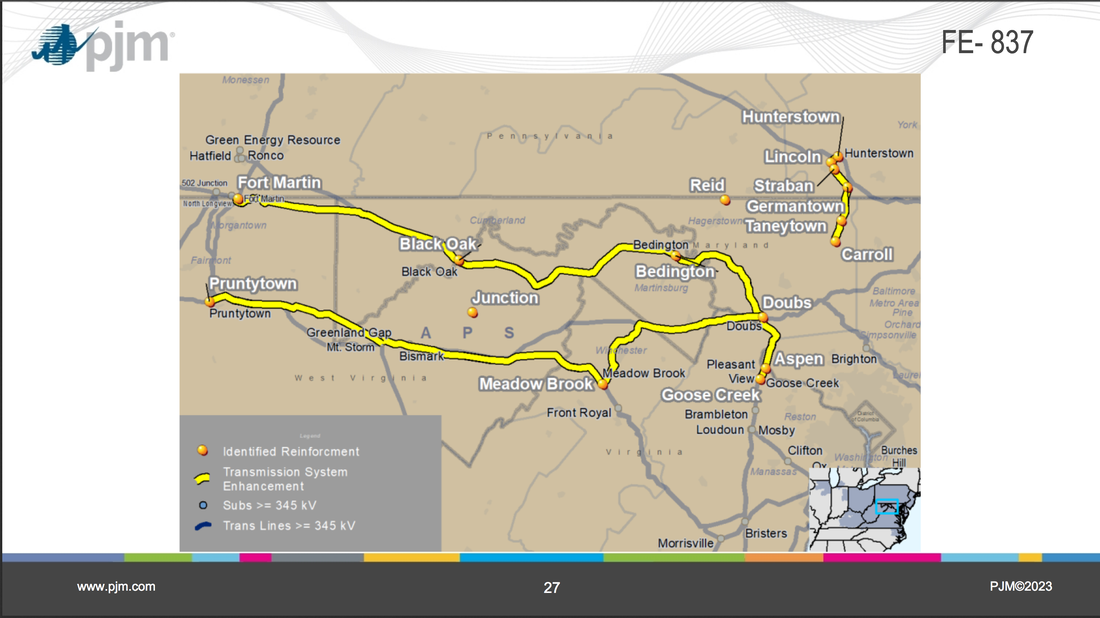

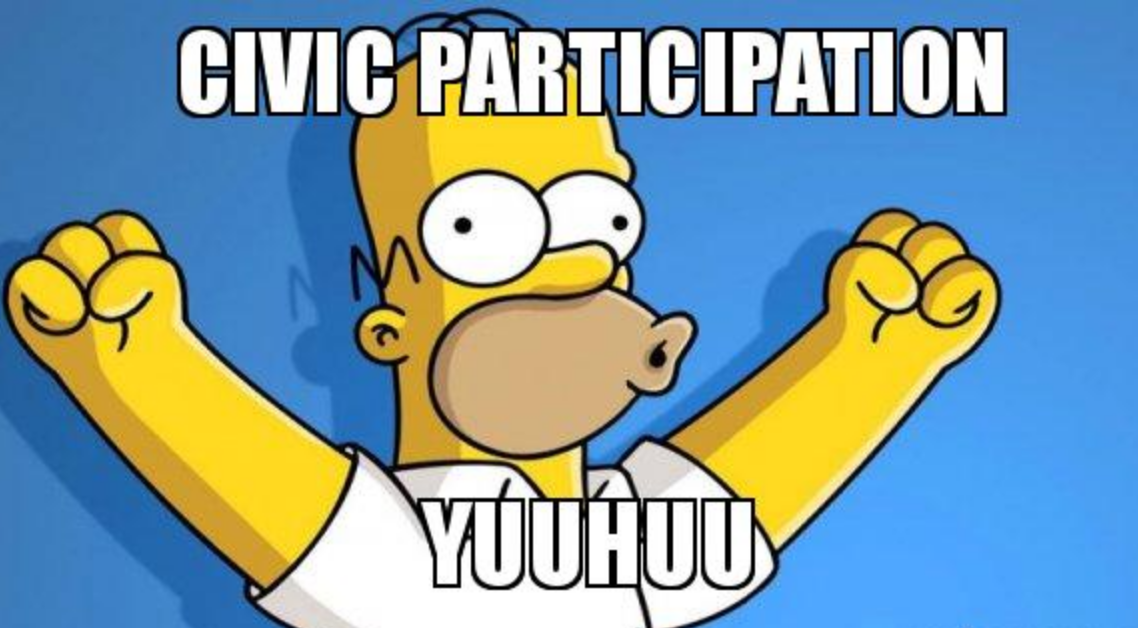
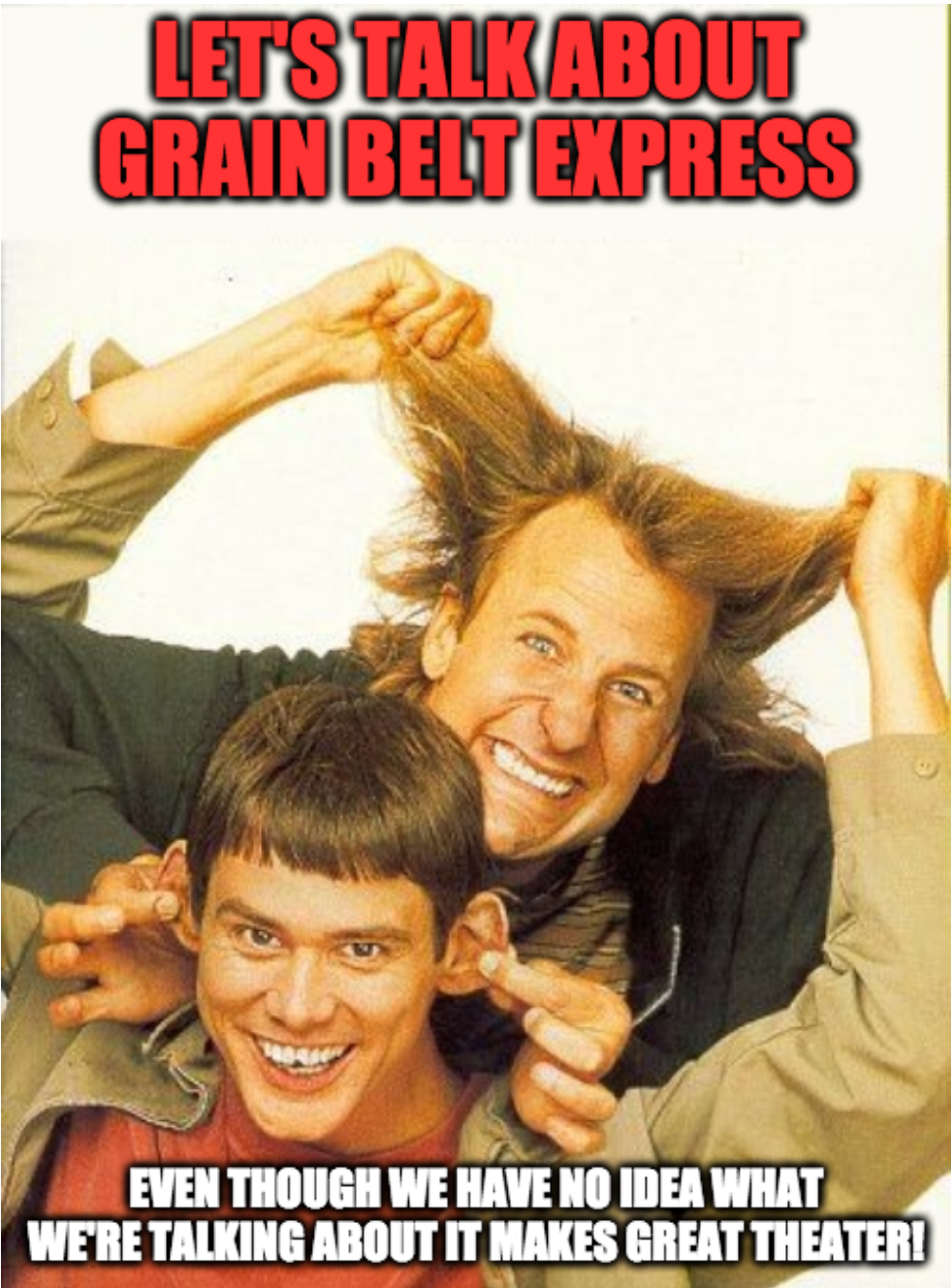
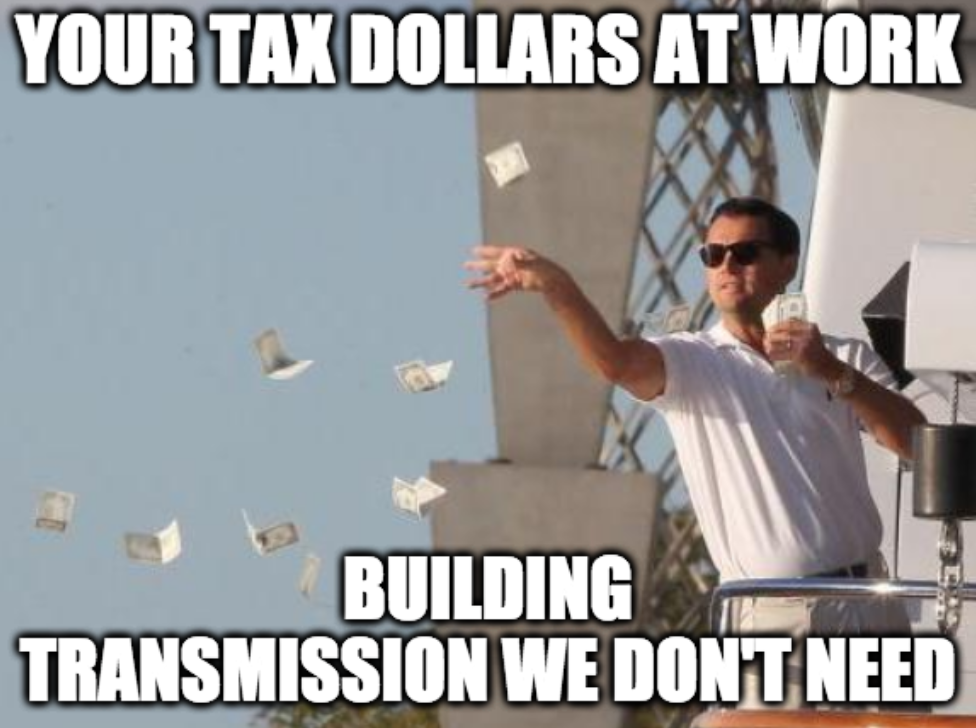
 RSS Feed
RSS Feed